(Prices correct as of today’s date, are updated daily, are subject to change and represent genuine availability at time of update).
Cruise only holidays are financially protected by ABTA. Fly cruise holidays are financially protected by Oceania Cruises under ATOL number 10527
Please click here to check the essential travel requirements before booking this cruise.
Want to add a hotel stay or change your flights?
Just call our team of cruise specialists to help build your dream cruise holiday today!
Prices based on 2 people sharing. Cruise only price does not include flights. Fly-cruise price may vary by chosen UK airport.
THE
SIXSTARCRUISES DIFFERENCE
Our sister brand SixStarCruises specialise in luxury and ultra luxury cruise holidays. Click here to view this itinerary in full and speak to one of our specialist cruise concierge today. Our team are here to help you plan your perfect cruise holiday and guide you with first-hand experience with more time on board than any other UK luxury travel agent.
EXPERTISE
SERVICE
BUSINESS
RELATIONSHIPS
CONFIDENCE
SECURITY
rated 4.8 / 5
Itinerary
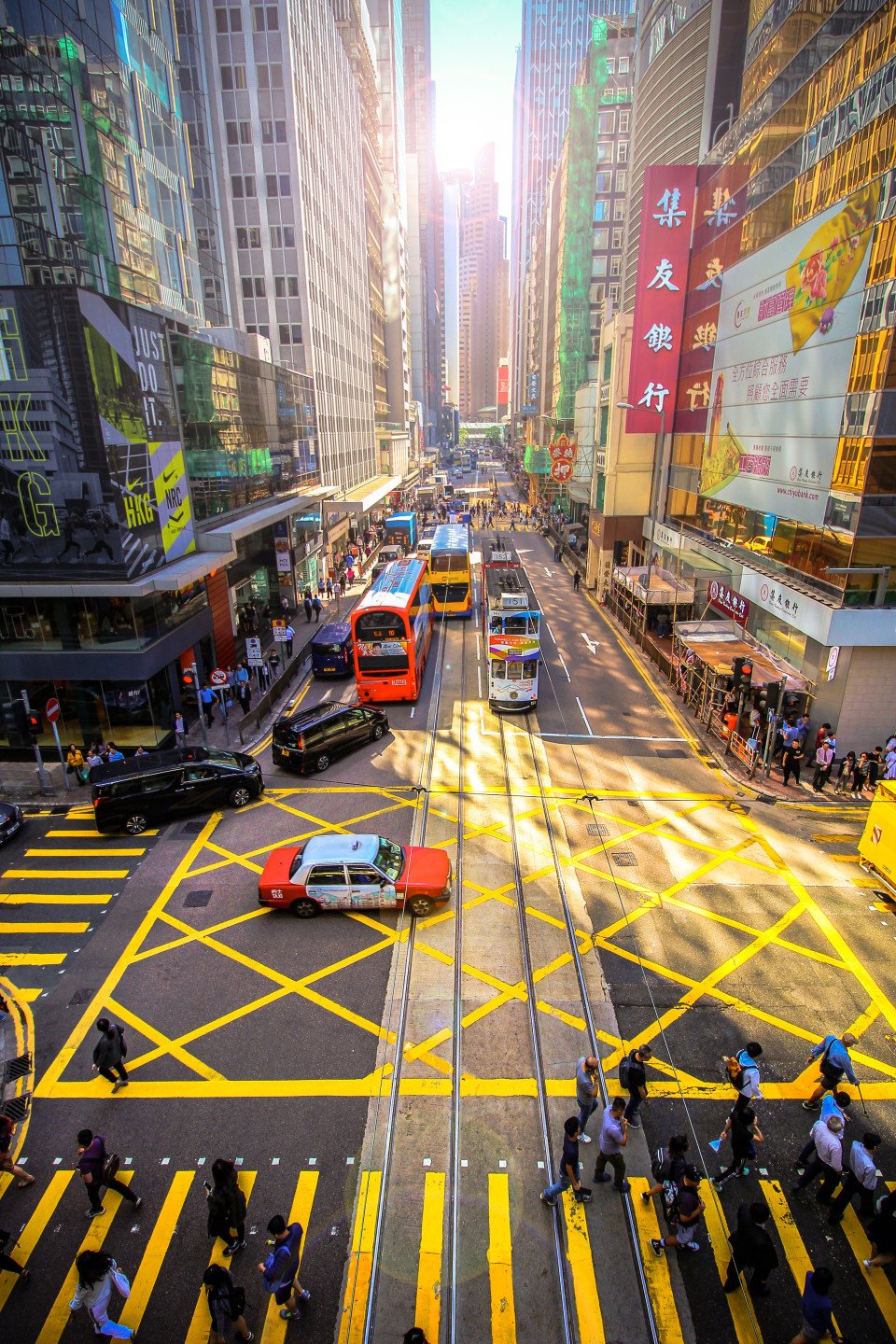
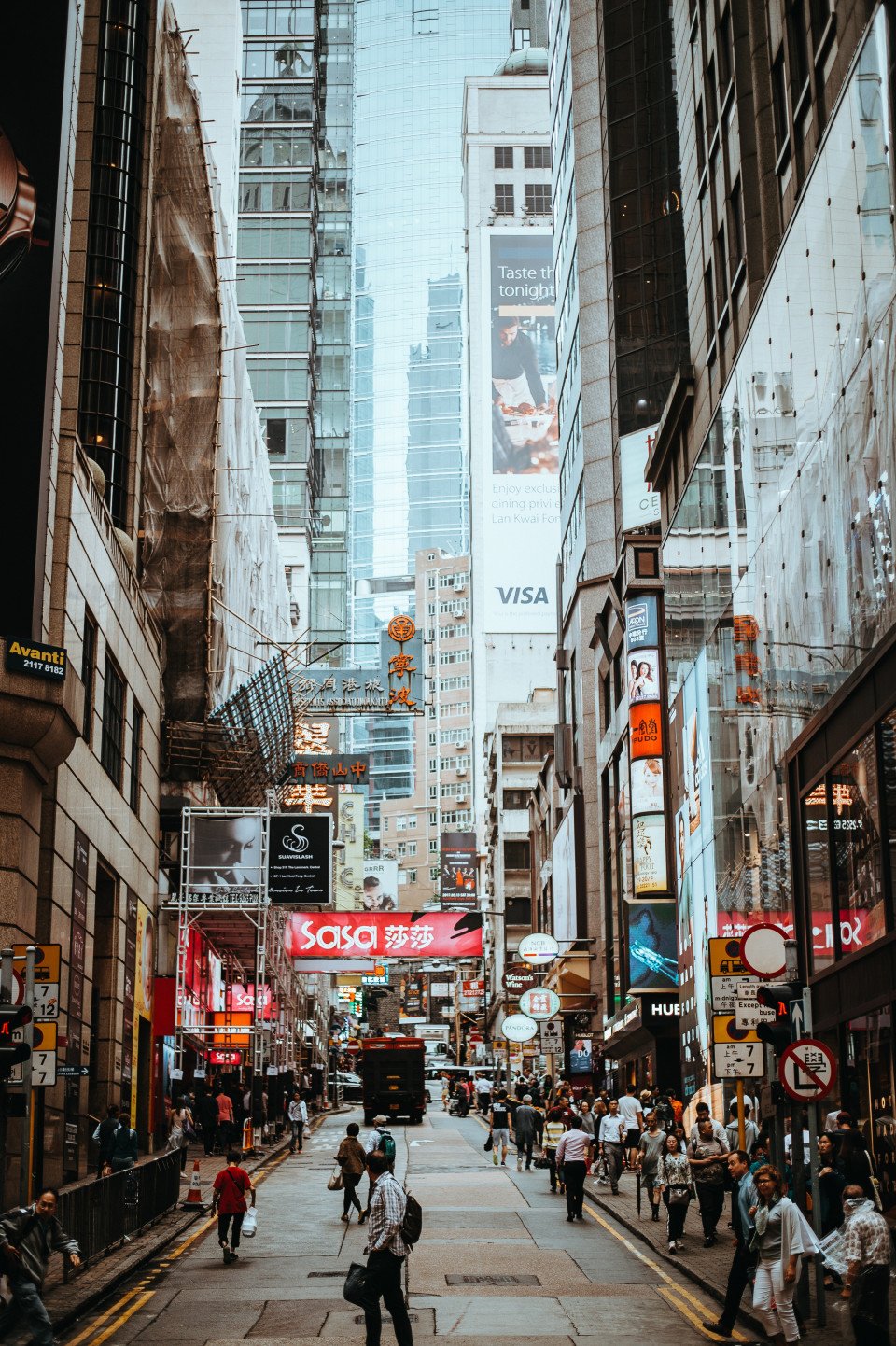
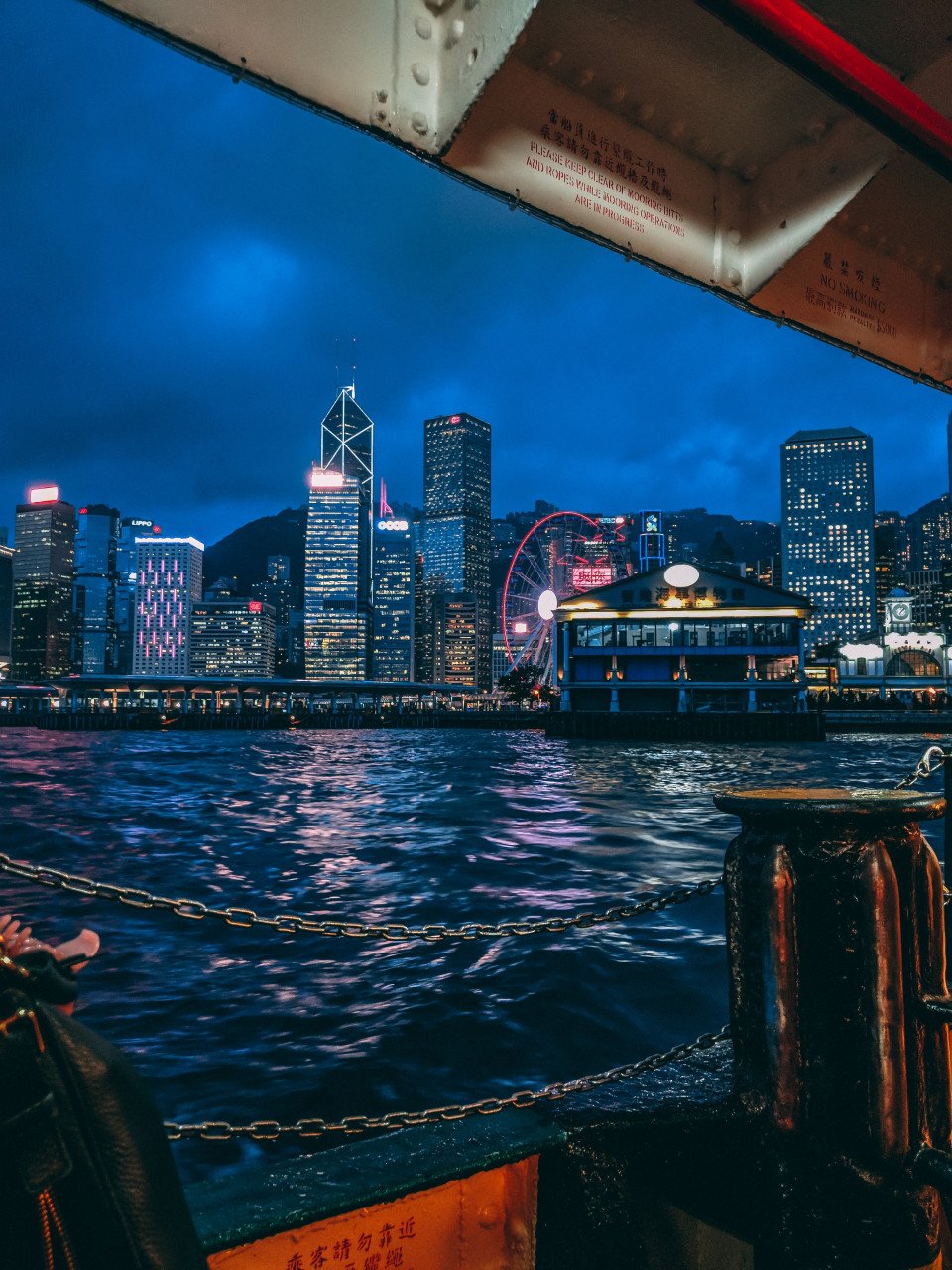
Hong Kong
The Hong Kong Island skyline, with its ever-growing number of skyscrapers, speaks to ambition and money. Paris, London, even New York were centuries in the making, while Hong Kong's towers, bright lights, and glitzy shopping emporia weren't yet part of the urban scene when many of the youn... Read More
Hong Kong
Cruising the Taiwan Strait
Keelung (Chilung)
Cruising the East China Sea
Busan
Nagasaki
Beppu, Kyushu Island, Oita
Kobe
Kobe
Nagoya
Yokohama
Yokohama
What's Included with
Oceania Cruises
Accommodation
Entertainment throughout the day and evening
Return flights included from a choice of UK airports (fly cruise bookings only)
WiFi included on-board
24-hour room service
Shuttle service to and from ports and airport where available
Unlimited soft drinks, bottled water and selected hot drinks
Complimentary in-suite bar in selected suites
Butler service in Penthouse Suites and above
1:1.6 staff to guest ratio
Explore Oceania Riviera








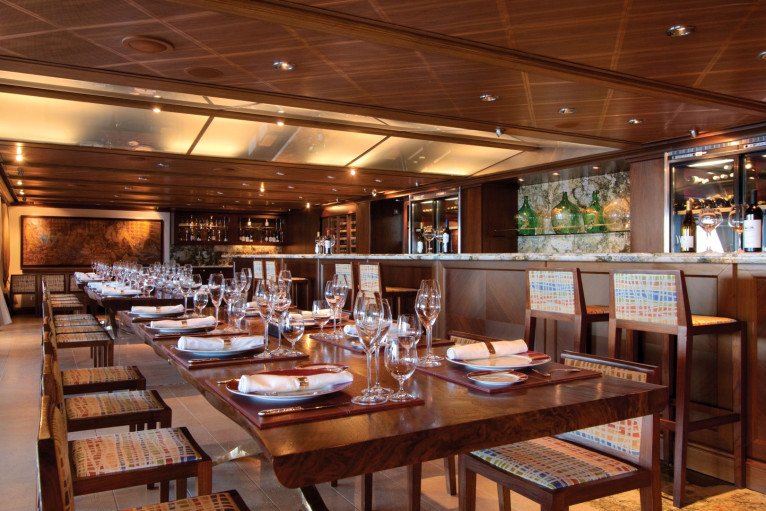
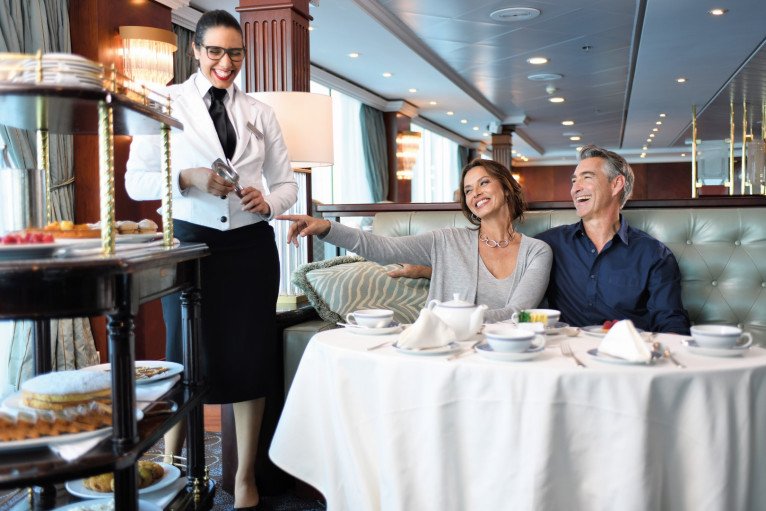


The Grand Dining Room
DINING IN GRAND STYLE
The grande dame of the Oceania Cruises culinary world, The Grand Dining Room invites guests to a leisurely dining experience amidst an ambiance that soars to heights as lofty as the cuisine. Our marquee restaurant has always featured Jacques Pépin’s signature delights and a bevy of delicious Continental dishes and now offers even more exciting choices, Aquamar Vitality Cuisine and a wide spectrum of global flavors. Menus change daily, and the all-new Executive Chef’s Tasting Menu promises multiple courses of the chef’s most divine creations.
Open for breakfast, lunch and dinner. No reservations required.





The Culinary Centre
LEARN BY EXPERIENCING
The Culinary Center on board Riviera, the first hands-on cooking school at sea, teaches you how to prepare a variety of exquisite dishes at your own fully equipped workstation in a state-of-the-art teaching kitchen. Passionate Chef Instructors offer guidance and inspiration to fine-tune your techniques, but each dish is prepared by you. Spend a delightful day at sea learning how to make fresh pasta, the fundamentals of cooking seafood or the secrets of traditional French cuisine.
A SAMPLE OF CULINARY CLASSES
Across the Isles
Seasonal farm-to-table recipes personify the cuisine and traditions of the British Isles. In more recent times, the region has embraced the myriad cuisines of the cultural melting pot that has shaped the isles and made cities like Dublin and London destination cities for foodies. Inspired by Darina Allen of Ballymaloe in Cork, Ireland, and other revered chefs of the region, this class is a far cry from bangers and mash.
Austin Renaissance: A Tex-Mex Fiesta
Executive Chef Kelly has had a chance to get to know this emerging culinary darling since her daughter and family have re-located to the Texas capital. As she samples the city’s most notable restaurants, she is constantly on the lookout for flavourful, savoury Tex-Mex recipes you can easily make at home. In addition to learning her favourite recipes, you’ll also try a featured cocktail from one of Austin’s mixology masters. If you love Tex-Mex food but are reluctant to try it at home, then this class is for you.
Caribbean Heart & Soul
Caribbean recipes are brimming with both heart and soul – and are easy to make at home too. Few cuisines can be called a true mosaic, but Caribbean cuisine is a magical fusion of tastes and cooking traditions from Africa, the Middle East and Europe. You’ll learn how to balance and bloom spices as well as layer and build flavours. These are skills you can use again and again, regardless of what you are cooking at home. Explore the unique cuisines and culinary diversity of islands throughout the region – the ultimate melting pot of delicious flavours and ingredients.
Discover Patagonia
The culinary world has its eyes on the cuisine of the Patagonia region. Regarded as the hot new cuisine, chefs have traveled to these remote parts to learn the secrets of Argentine grilling, as well as Chilean roasting and baking. Attend this cook-out class that features delicious and hearty dishes that you will definitely want to make at home to impress your friends. No meal in Patagonia is complete without wine, so a special focus will be made on sampling and pairing the region’s varietals.
In the Kitchen with Jacques
Help us celebrate the glorious career of our Executive Culinary Director, Jacques Pépin. Regarded in the chef community as the master of technique, Jacques has demonstrated a lifelong passion for culinary technique that inspired this class. Brush up on your knife skills and master the emulsion – the secret to perfect salad dressings. Prepare a collection of delicious dishes while practicing the basic techniques that chefs have learned from Jacques over the past six decades.
Mediterranean Journey
The Mediterranean is revered for its cuisine and this class allows you to take an epicurean journey around the region, celebrating signature dishes from France, Greece, Israel, Italy, Morocco, Spain and Turkey. Each class reflects your Chef Instructor’s personal favourites from their years of tasting and traveling throughout the Mediterranean. Without a doubt, this class is a guest favourite and the chefs enjoy featuring wines and recipes from their most recent journeys across the majestic Mediterranean Sea.
Most Requested Red Ginger
Our famed restaurant Red Ginger is the inspiration for our class devoted to Asian cuisine. In this class you will explore two diverse cuisines: Chinese and Thai. You will master classic Asian ingredients as well as fundamental cooking techniques such as knife skills, mise en place and high-heat cooking. You also will learn how to work with rice paper and pad Thai noodles.
EPICUREAN EXPLORATIONS
Our Culinary Discovery Tours™ take culinary exploration one step further. At select ports, accompany Chef Instructors while shopping for fresh ingredients ashore at local markets, experience authentic regional fare in private homes or chef selected restaurants and immerse yourself in the local culture through the lens of the cuisine.
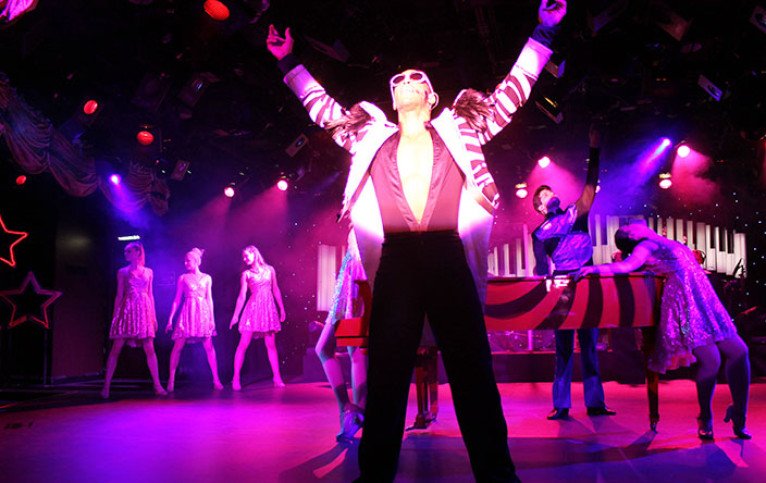
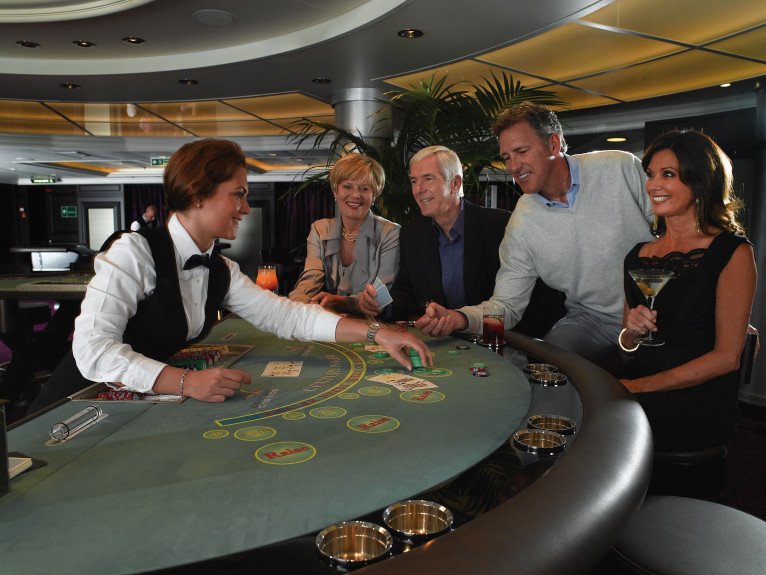
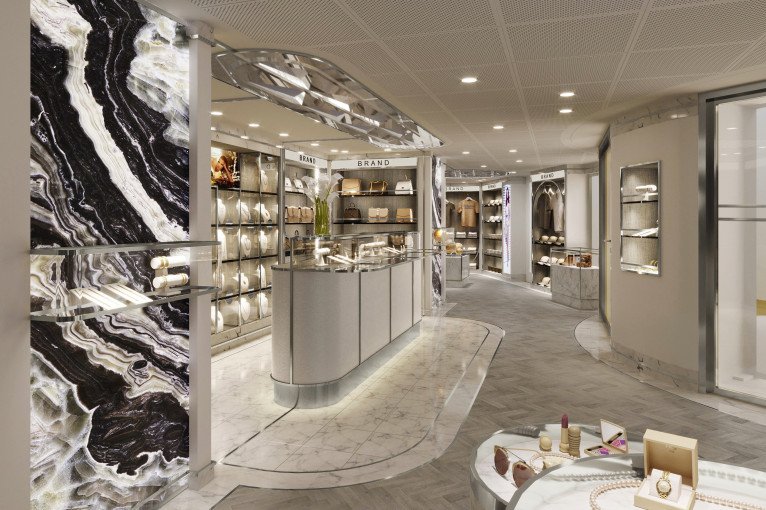
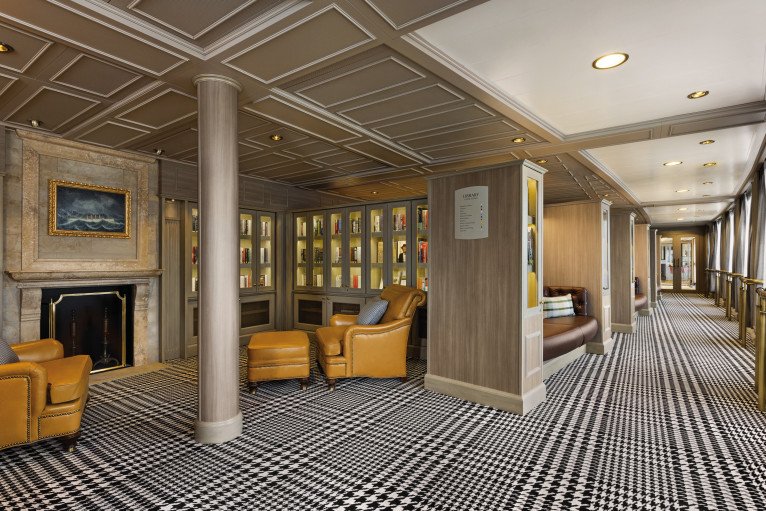

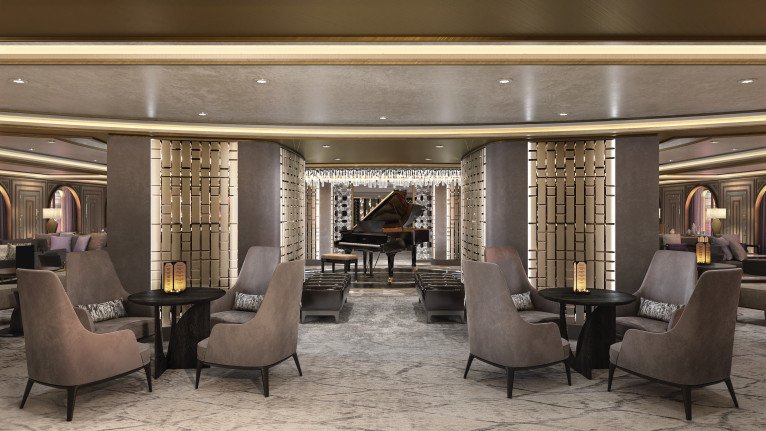
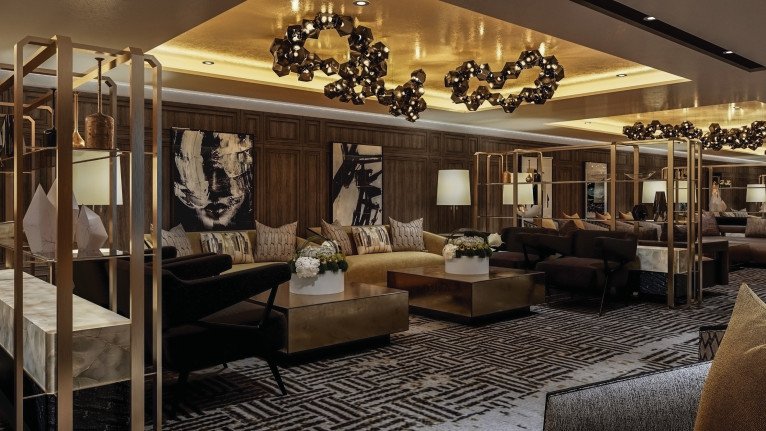


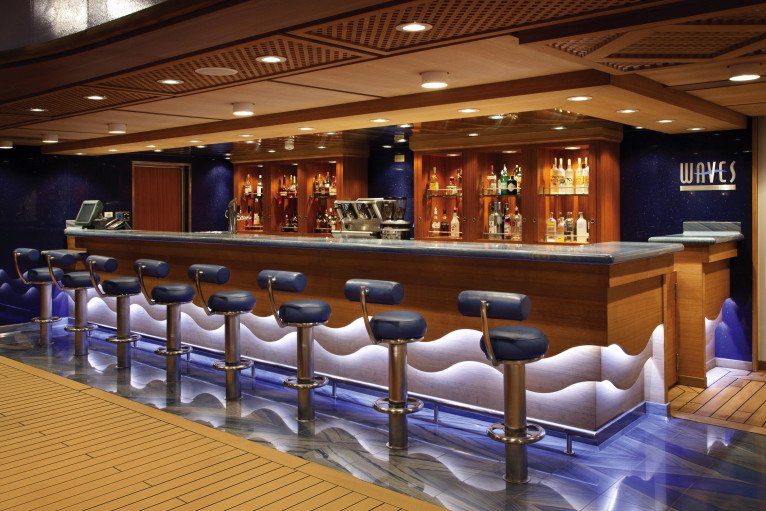

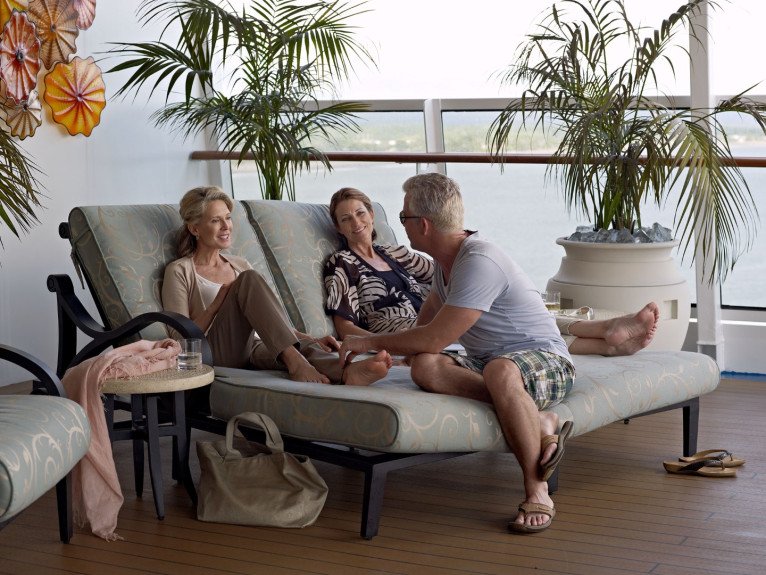

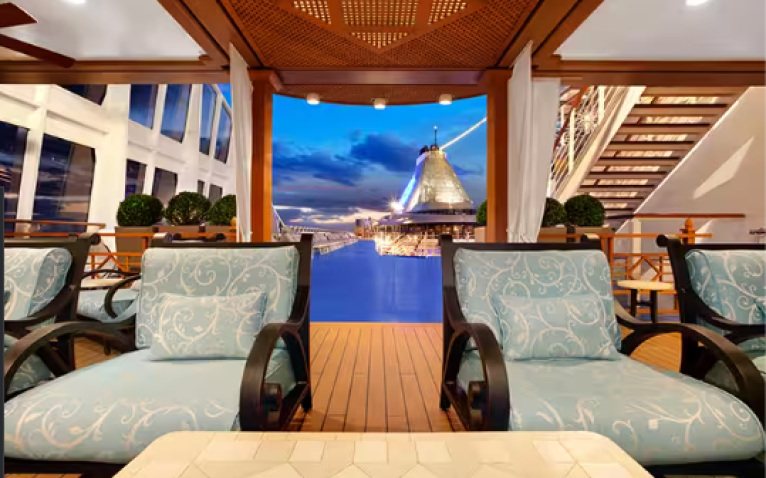
Entertainment & Onboard Shows
DAZZLING PERFORMANCES
EXCLUSIVE PRODUCTION SHOWS
World-class musical performances will delight you, showcasing an ever-changing array of guest entertainers such as pianists, classical string quartets, dynamic vocalists and spectacular headliners.
Each of our ships features a unique lineup of onboard shows and entertainers to ensure that your interests are constantly piqued. Bold and crowd-thrilling, nostalgic and upbeat, or intimate and sophisticated – whatever you choose, the night is yours.
Riviera's versatile and talented cast performs the following diverse production shows:
Broadway in Concert
Come on along and listen to…the lullabies of Broadway! In this elegant concert-style review, our fabulous production cast vocalists pay tribute to some of the most iconic musicals of all time. You’ll experience songs you know and love, and maybe you'll discover one or two more contemporary gems. Let us entertain you…because, after all, “There’s no business like show business!”
Lights, Camera, Music
See your favorite cinematic classics come to life in this cultivated tribute to the most recognizable moments of the Hollywood movie musical, from the romantic glamour of the 1940s to the high-kicking can-can of the Moulin Rouge. So, curtain up…light the lights…as we proudly present…Lights, Camera, Music!
What the World Needs Now
What the World Needs Now celebrates song-writing legend Burt Bacharach. In the 1960s, he turned popular music on its head with his unique style. He broke musical boundaries as he composed some of the most recognizable melodies ever created. The production cast and show band orchestra take you on an elegant musical journey with vibrant dance numbers and beautiful heartfelt songs about love and its challenges.
World Beat
We’ll take you on a spectacular voyage through a world of music, rhythm and dance. This lively theatrical showcase pays tribute to just a few of the many cultures represented by our various crew members on board. Feel the organic rhythm of Tinikling from the Philippines, and dwell in the vibrant energy of the Bollywood musical hits of India. We’ll pay homage to the Chinese New Year and marvel at the precision of Irish dance — and the journey doesn’t end there.
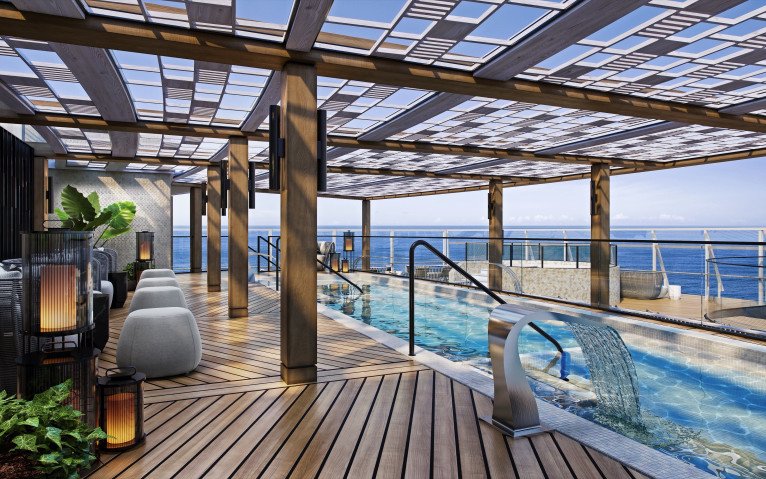

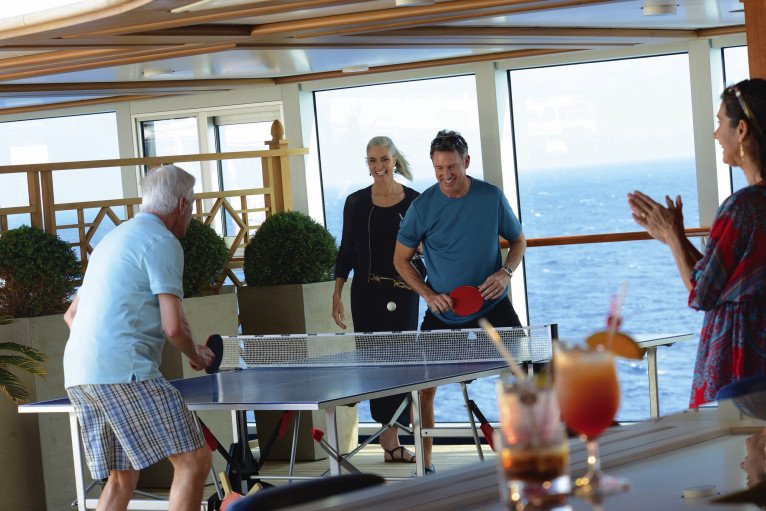
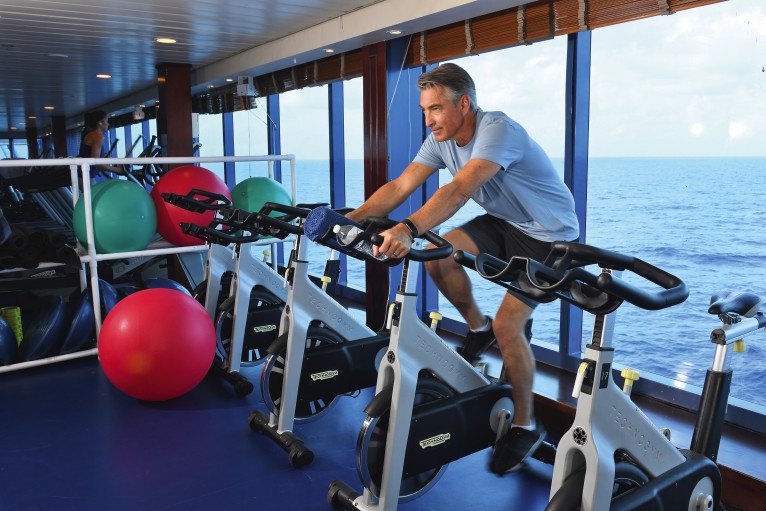
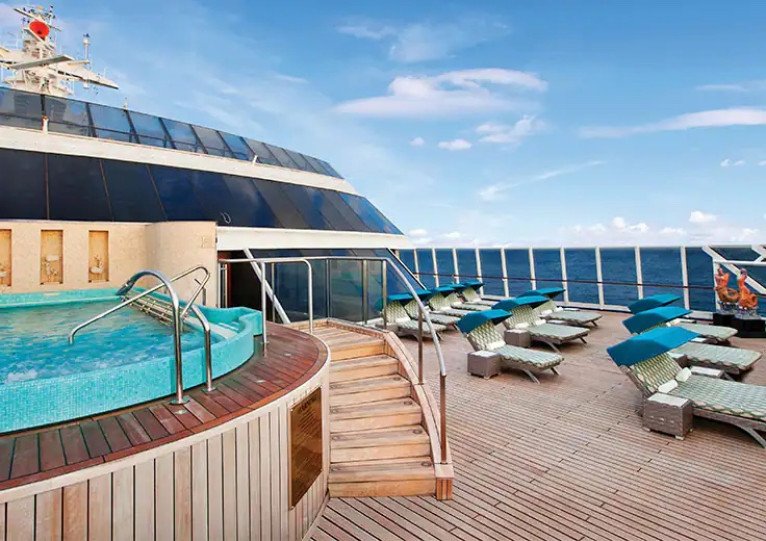





Aquamar Spa + Vitality Center
NEW PATHS TO WELLNESS
Revel in the benefits of restorative therapies and treatments, savour healthy Aquamar Vitality Cuisine, enjoy immersive wellness experiences ashore, benefit from nutrition and lifestyle consultations, and so much more. You naturally enhance your well-being on board our ships because the entire experience nurtures that most cherished gift – your health and vitality.
BEYOND THE SPA
Rejuvenating treatments and healing therapies
- Aquamar Vitality Cuisine and extensive plant-based menus in The Grand Dining Room
- Exclusive collection of Wellness Discovery Tours by Aquamar in global destinations
- State-of-the-art fitness center and complimentary fitness classes
- Nutrition and lifestyle consultations
- Wellness presentations and enrichment lectures
- Aquamar Spa Terrace with thalassotherapy pool or whirlpools
- Steam room, fitness track and salon
Deck 16

- Golf Putting Greens
- Paddle Tennis
Deck 15

- Croquet/Bocce
- Shuffleboard
- Fitness Track
- Horizons
- Bar
Deck 14

- Priveé
- Toscana
- Polo Grill
- Library
- Oceania@Sea
- Board Room
- Baristas
- Sun Deck
- Sanctuary
- Patio
- Fitness Centre
- Aerobics
- Styling Salon
- Aquamar Spa
- Steam Room/Sauna
- Aquamar Spa Terrace
Deck 12

- Terrace Café
- La Reserve
- Waves Grill
- Stage
- Pool
- Whirlpools
- Waves Bar
- The Culinary Centre
- Artist Loft
- Concierge Level Veranda
- Oceania Suite
- Vista Suite
Deck 11

- Executive Lounge
- Bridge
- Concierge Level Veranda
- Oceania Suite
- Penthouse Suite
Deck 10

- Concierge Level Veranda
- Inside Stateroom
- Owner's Suite
- Penthouse Suite
- Vista Suite
Deck 9

- Concierge Lounge
- Concierge Level Veranda
- Inside Stateroom
- Owner's Suite
- Penthouse Suite
- Vista Suite
Deck 8

- Veranda Stateroom
- Inside Stateroom
- Owner's Suite
- Vista Suite
Deck 7

- Veranda Stateroom
- Deluxe OceanView
- Penthouse Suite
Deck 6

- The Grand Dining Room
- Casino Bar
- The Grand Bar
- Casino
- Martinis
- Upper Hall
Deck 5

- Red Ginger
- Jacques
- Boutiques
- Concierge
- Reception
- Destination Services
- Lounge
- Stage
- Medical Centre - Located on Deck 4 (Not shown)
Oceania Riviera Cabins & Suites

Inside Stateroom

Deluxe Ocean View Staterooms


Concierge Level Veranda Stateroom





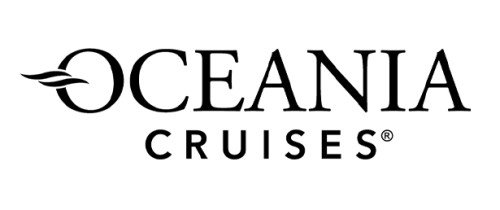
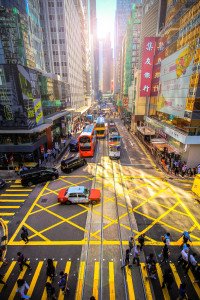
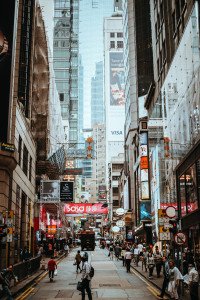
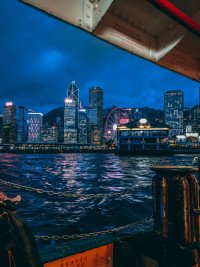
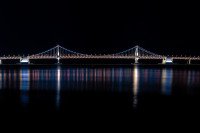
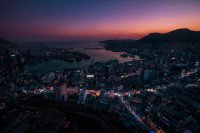
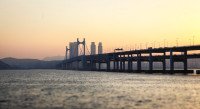
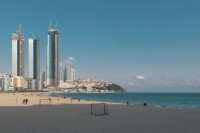
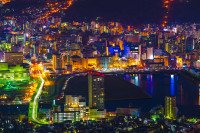
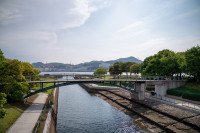
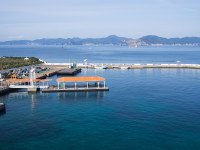
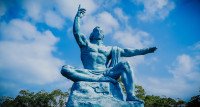
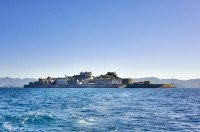

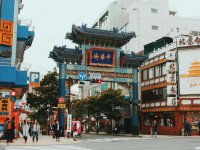
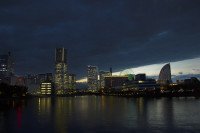
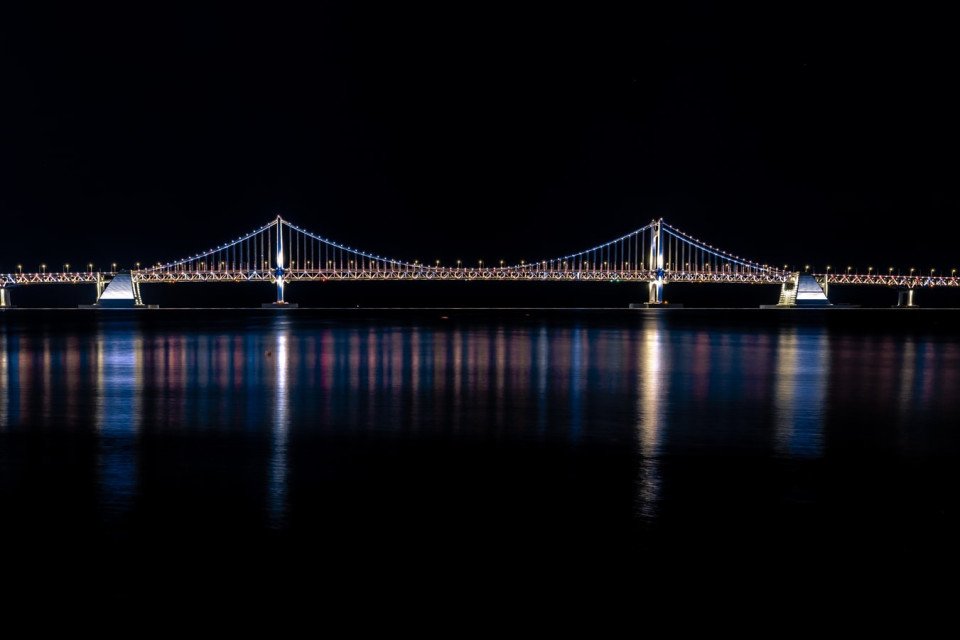
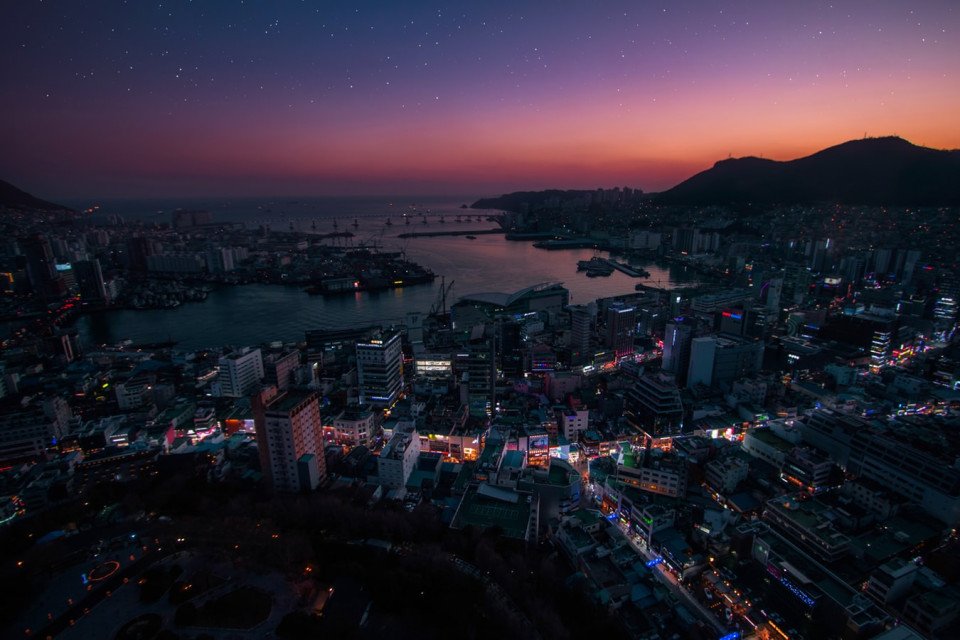
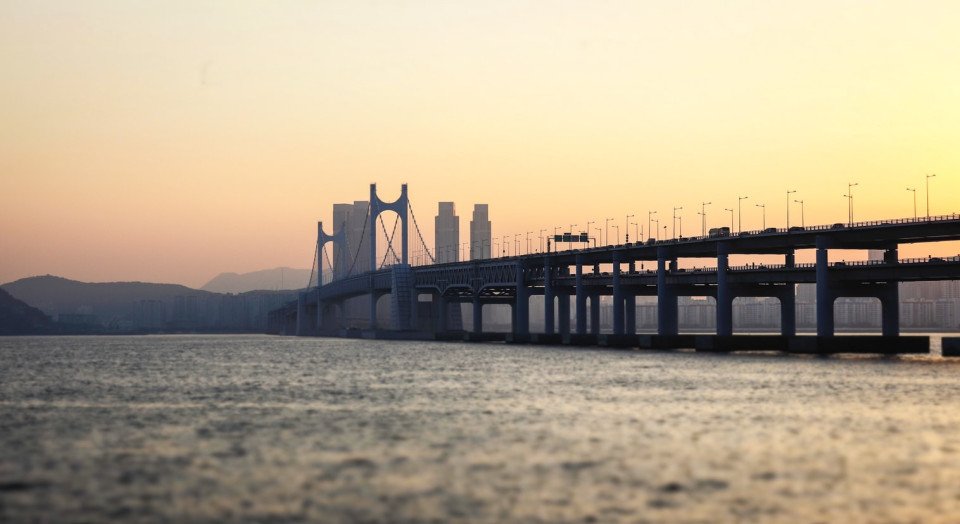
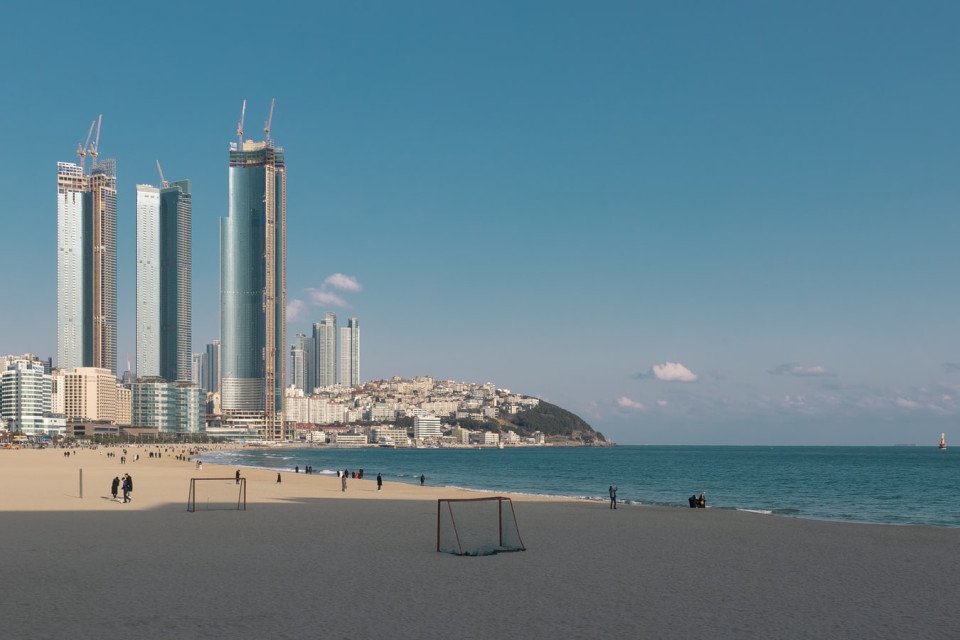
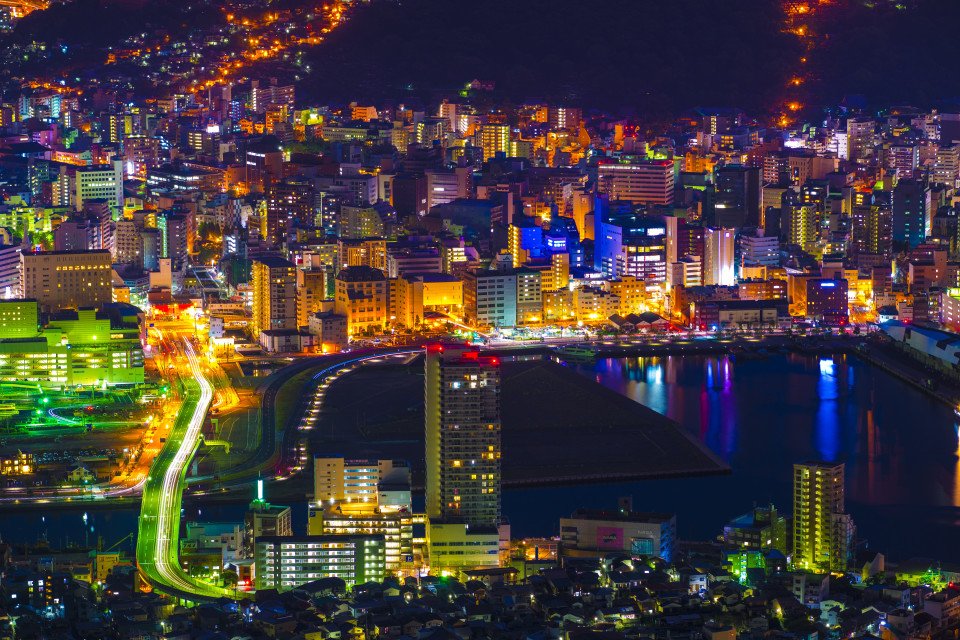
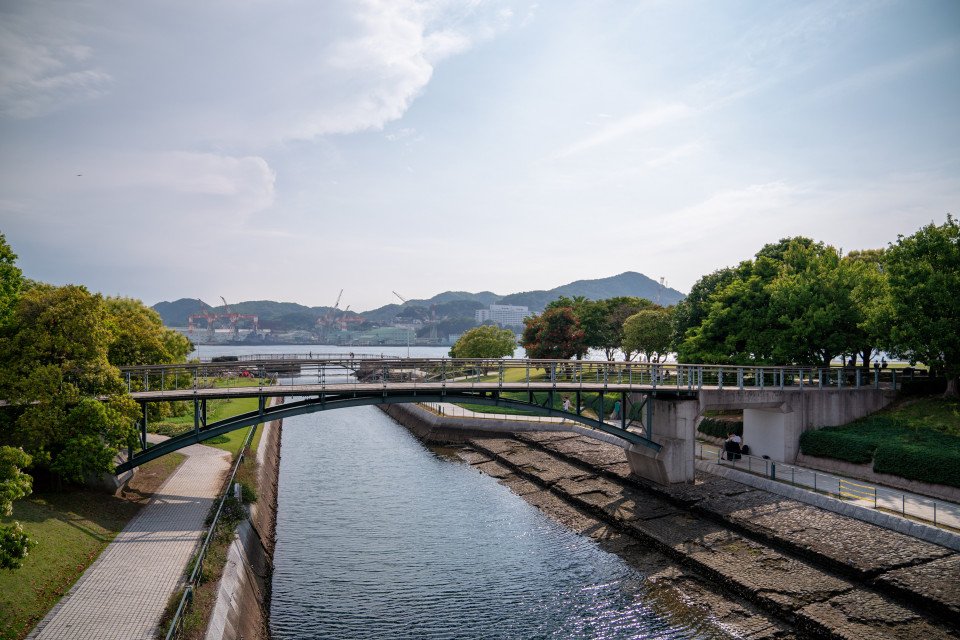
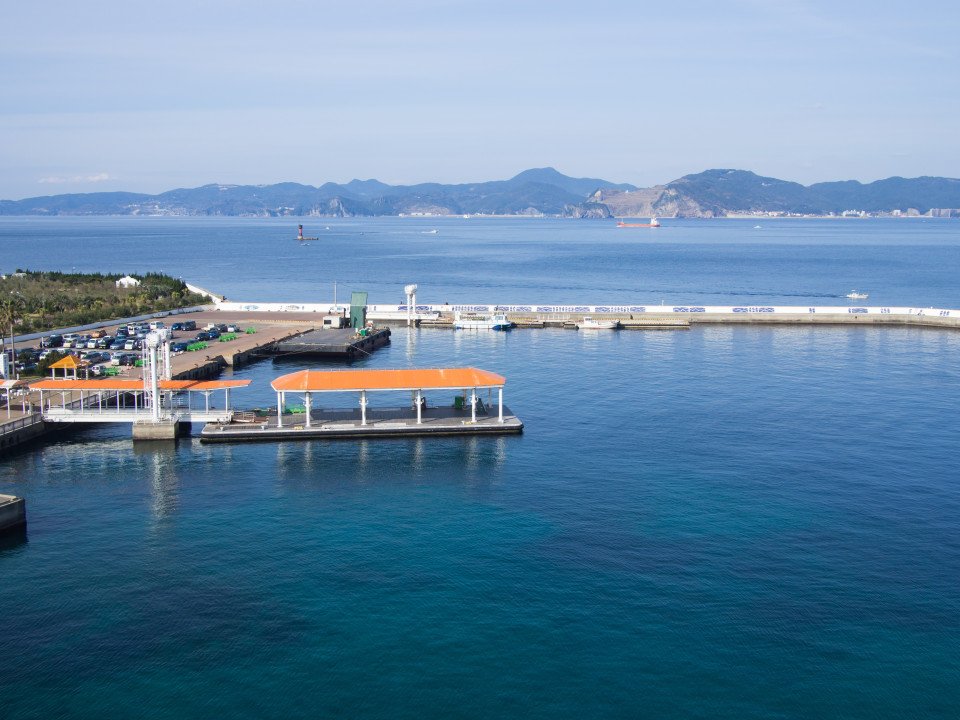
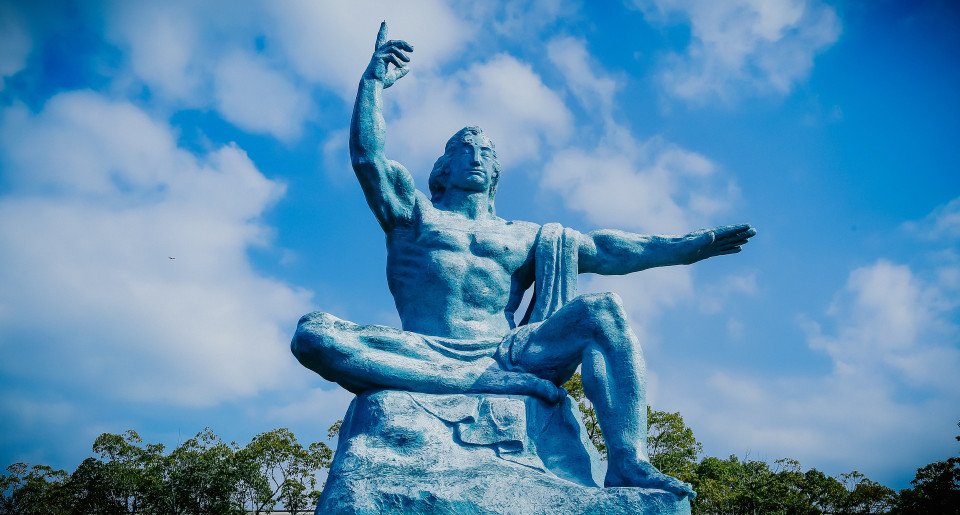
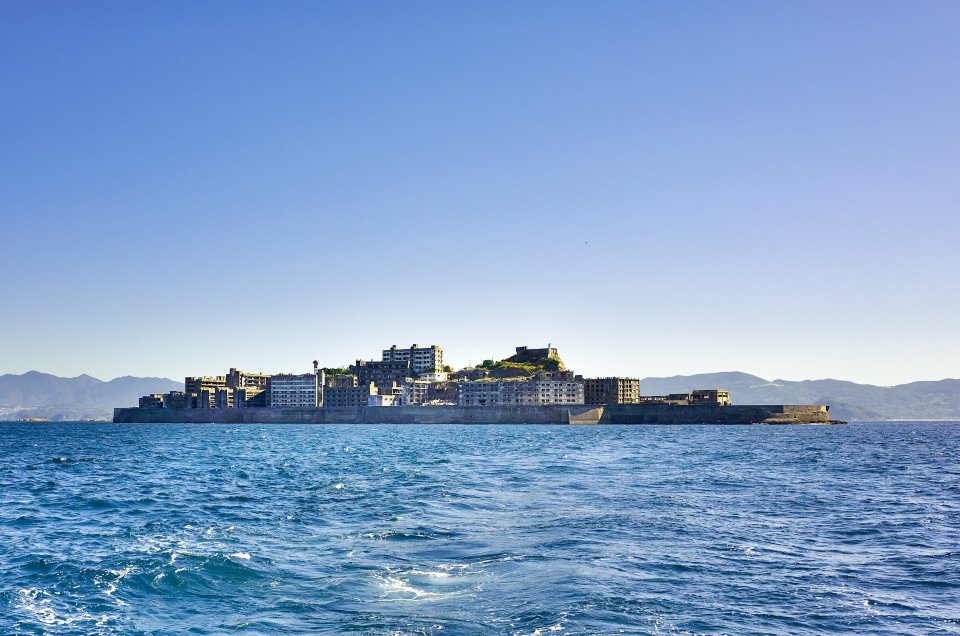
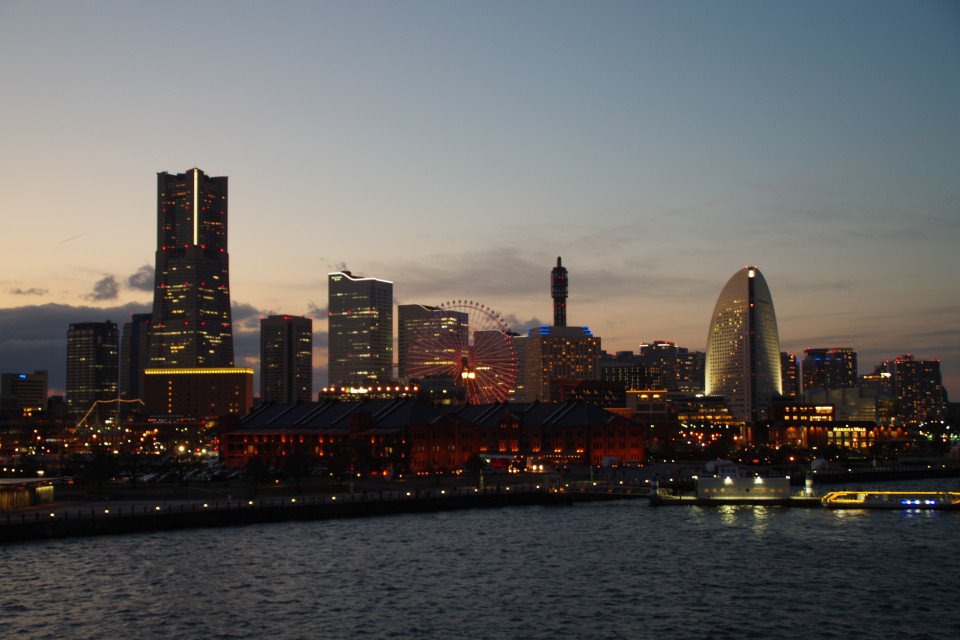
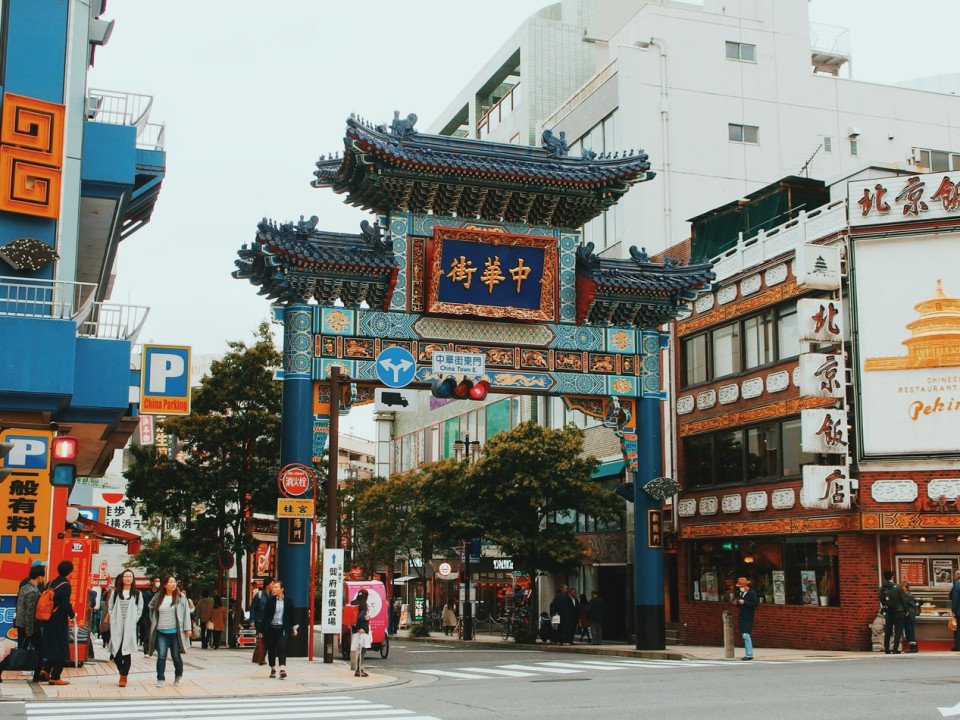
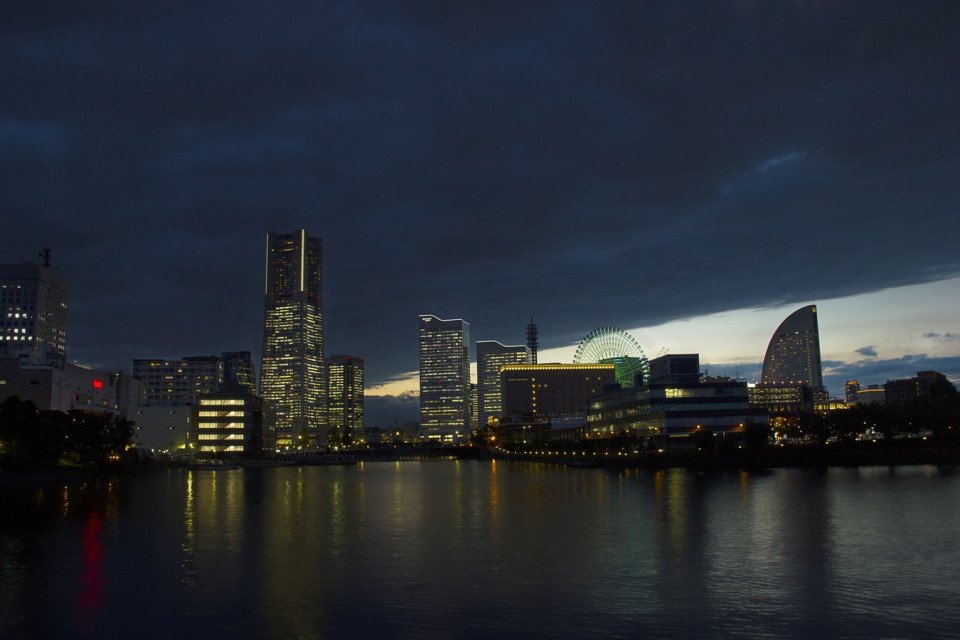









-large_thumb.jpg)






